Electric vehicles have rapidly moved from niche products to mainstream transportation options in recent years. Their appeal lies in their ability to reduce running costs, lower emissions, and offer a quieter, smoother driving experience compared to traditional gasoline-powered cars.
Yet, while these benefits are shared across most EVs, there is one factor that varies dramatically from model to model, charging flexibility.
The ability, or inability, to charge in multiple locations without special arrangements is one of the most significant aspects that can determine whether an EV is practical for everyday life.
For many buyers, the dream of owning an electric car includes simply plugging in at home overnight, topping up at a friend’s place, or taking advantage of the nearest public charger while shopping. In reality, not every EV offers this kind of freedom.
Some can charge almost anywhere, using standard household outlets, mid-range public stations, or high-speed chargers without issue. These cars adapt easily to different situations, allowing owners to worry less about the infrastructure around them and focus more on enjoying the drive.
Then, some models demand more specialized and often expensive charging solutions. While they may have larger batteries, faster charging speeds under ideal conditions, or high-performance capabilities, they are far less forgiving when it comes to charging in less-than-ideal situations.
A driver without access to a high-capacity home charger or premium public station may find themselves spending long hours waiting for a full charge, or worse, unable to recharge conveniently at all.
This difference in charging adaptability affects much more than just long road trips. It influences daily routines, vehicle downtime, and even the financial cost of ownership. Installing a high-powered home charging station can run into thousands of dollars, especially if electrical upgrades are needed.
For renters or those living in shared housing, such installations may not be possible at all. On the flip side, owning a vehicle that can make use of a standard wall outlet, even if it charges slowly, can provide a sense of independence and security.
The decision between these two categories often comes down to lifestyle and priorities. Drivers with predictable routines and access to premium charging setups might find that performance-oriented EVs with larger batteries are worth the infrastructure investment. Others may value the ability to charge anywhere, even if it means sacrificing some speed or range.
In this article, we will look at five EVs known for their ability to charge in almost any situation, followed by five that work best with costly setups. Each will be discussed in terms of charging capability, infrastructure needs, and the type of owner they suit best.
This comparison will help clarify the trade-offs involved, so you can decide which approach fits your life. Whether you value flexibility above all else or are prepared to invest in high-end charging to unlock maximum performance, understanding this divide is essential before committing to an EV.
Also Read: 5 Cars With Ideal Cup Holders and 5 With Awkward Holders
5 EVs That Charge Anywhere
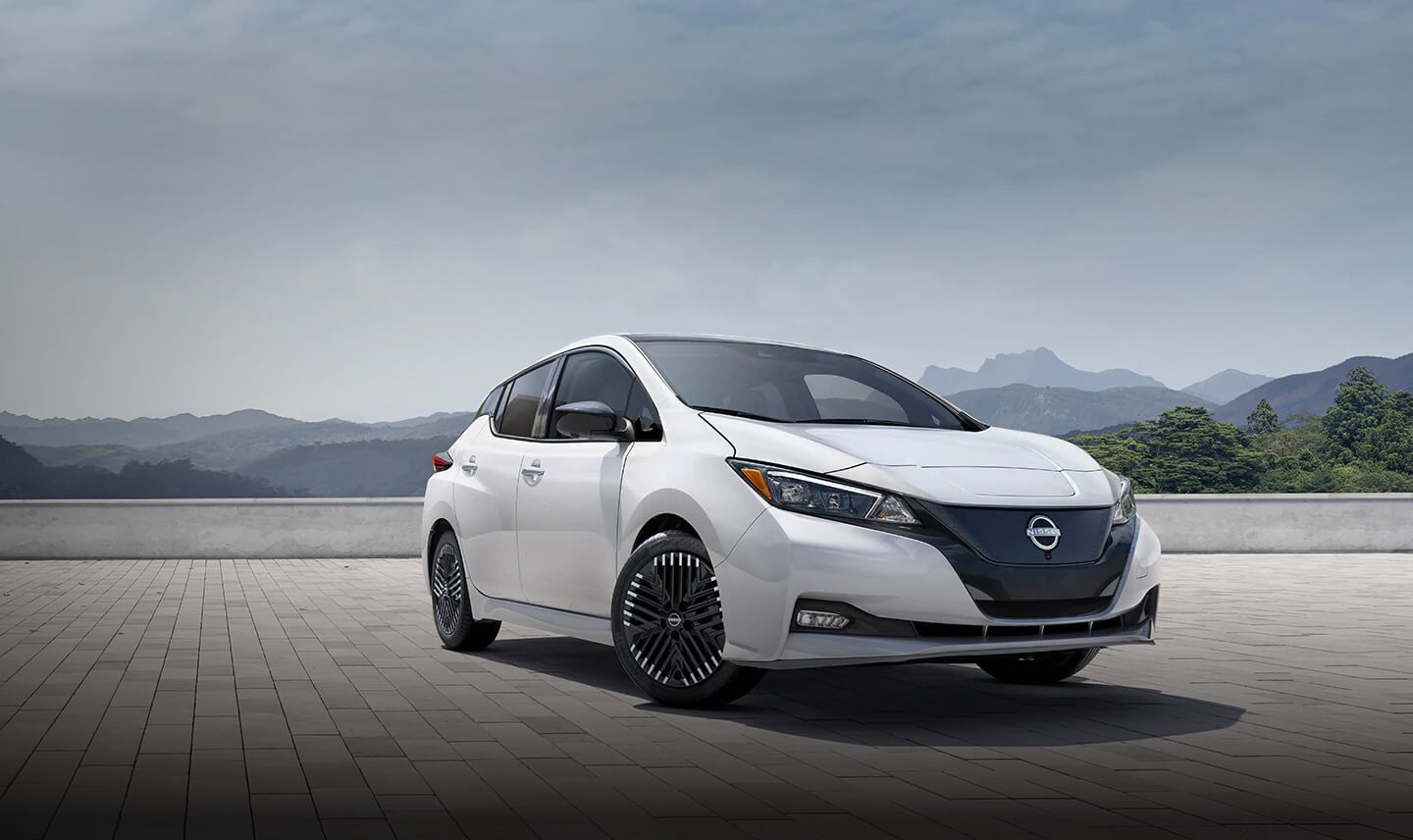
1. Nissan Leaf
The Nissan Leaf has long been one of the most popular electric cars globally, and a big part of its appeal is its ability to charge almost anywhere.
Equipped with the capability to use a standard 120-volt household outlet through its Level 1 charging option, it offers owners the flexibility to plug in without requiring specialized equipment. For those who have access to Level 2 chargers, it can also take advantage of faster charging through a 240-volt source.
The Leaf also supports public charging stations through the CHAdeMO connector, allowing for DC fast charging in compatible locations.
This gives drivers the freedom to top up quickly on longer trips. The combination of home charging compatibility and access to widespread public networks makes the Leaf a practical choice for drivers who want a low-maintenance charging routine.
Another reason the Leaf stands out is its charging efficiency at lower power levels. Many EVs lose significant efficiency when charging slowly, but the Leaf manages to make good use of even modest power sources. This means that even if the driver is relying solely on a household outlet overnight, the car can regain enough range for a daily commute by morning.
For people who live in rural areas or move between different charging environments, the Leaf’s versatility is a major selling point. It removes much of the anxiety around finding the right type of plug or worrying about costly home installations. While it may not have the longest range in its class, its ability to adapt to different charging scenarios makes it one of the easiest EVs to live with.

2. Chevrolet Bolt EV
The Chevrolet Bolt EV offers impressive range while keeping charging simple. Like the Leaf, it can charge using a basic 120-volt outlet, which is a crucial advantage for people without access to dedicated home chargers. This feature means that even those in apartment buildings or older homes can own the Bolt without a complicated installation process.
Beyond standard outlets, the Bolt supports Level 2 charging for quicker replenishment. Many public locations such as workplaces, shopping centers, and municipal parking lots have these chargers available, and the Bolt’s compatibility with them makes daily use straightforward.
It also supports DC fast charging with the CCS connector, opening the door for cross-country travel when paired with the right routes. One of the strengths of the Bolt’s charging system is its balance between speed and accessibility.
While it cannot match the ultra-fast charging speeds of some luxury EVs, it can still regain a significant portion of its range in under an hour with a DC fast charger. For home use, plugging in overnight is usually more than enough for most driving needs.
The Bolt’s design reflects a focus on practicality rather than exclusive performance. Its flexible charging options make it a dependable companion for those who do not want to plan every journey around charging infrastructure. It is particularly well-suited for city dwellers who may rely on a combination of home, work, and public charging throughout the week.
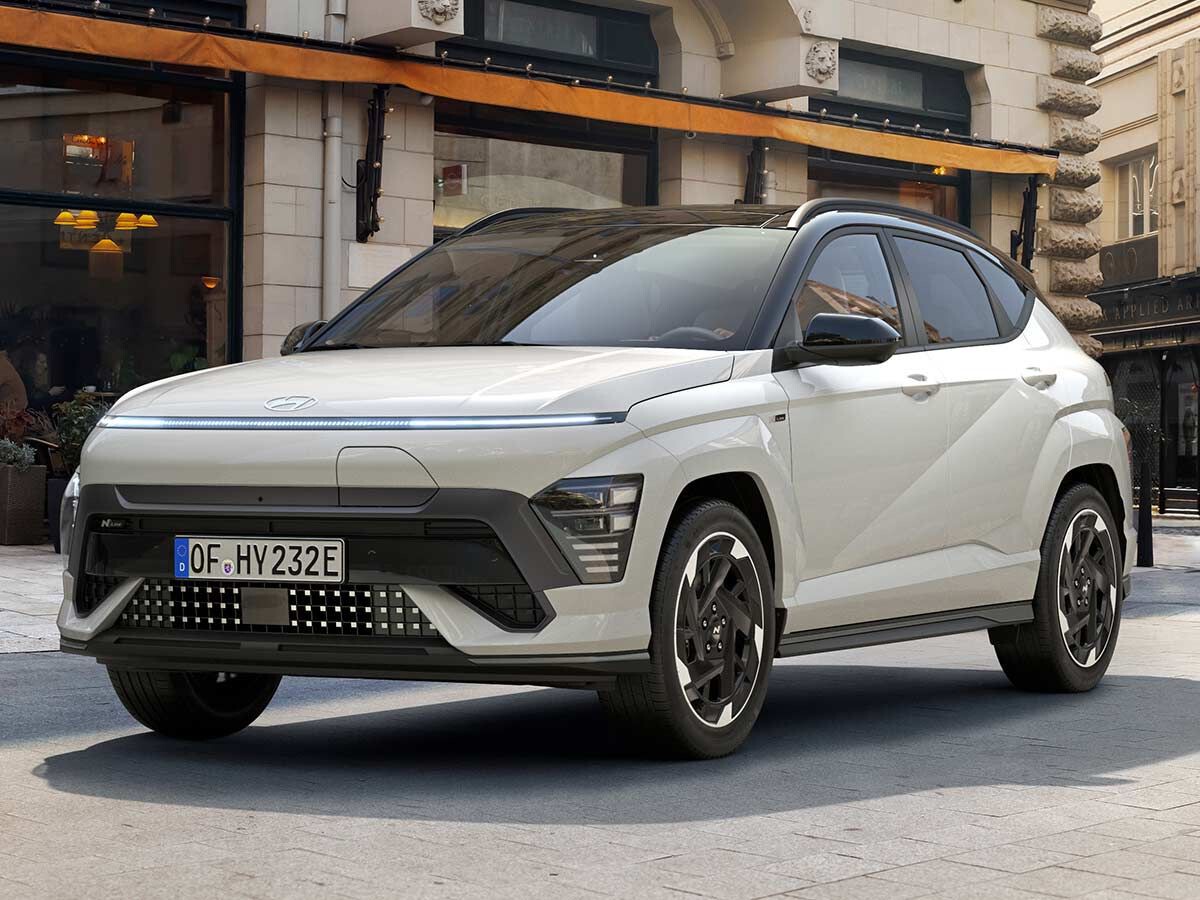
3. Hyundai Kona Electric
The Hyundai Kona Electric combines a long range with versatile charging compatibility. It is capable of using a standard household outlet for Level 1 charging, making it accessible to nearly any home without additional wiring. Owners can also install a Level 2 home charger for faster replenishment, reducing downtime between drives.
Public charging access is another strength of the Kona Electric. It uses the CCS standard for DC fast charging, which is available across a wide range of networks in North America, Europe, and other regions.
This opens the door for road trips without heavy dependence on a single provider. The charging port is well placed and easy to access, which is especially convenient in public parking scenarios.
The Kona Electric is also known for making efficient use of available power, ensuring that even low-power sources can meaningfully increase the battery’s state of charge over time.
This is especially useful for drivers in rural areas where only basic outlets might be available. Combined with its strong range, this makes it a dependable option for both urban and remote environments.
Practicality extends beyond charging with the Kona Electric’s comfortable interior and compact SUV design. Drivers get the flexibility of an EV that can handle various terrains and trip lengths while avoiding the complications of proprietary charging requirements. This versatility is one of the reasons it continues to be a strong contender among electric SUVs.
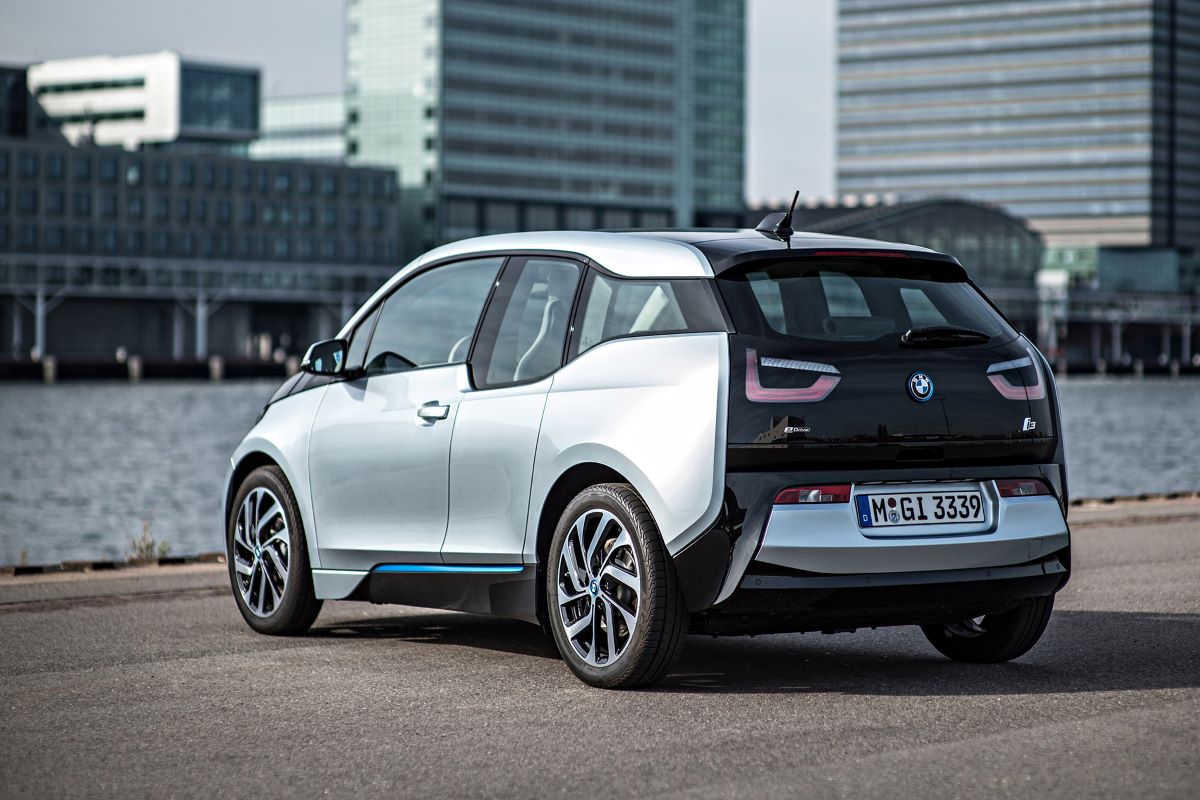
4. BMW i3
The BMW i3 has been one of the more unique electric vehicles on the market, offering a distinctive design paired with versatile charging capabilities.
It can be charged from a standard household outlet, allowing owners to top up their batteries without the need for special infrastructure. For those who want faster charging at home, the i3 supports Level 2 charging, cutting down the time required to reach a full battery.
Public charging is straightforward thanks to the i3’s compatibility with the CCS standard, enabling DC fast charging at many stations. This ensures that even during long trips, the car can be brought back to a usable range in a relatively short time.
The i3’s battery size is modest compared to some larger EVs, which works in its favor when it comes to charging flexibility, since smaller batteries can fill up faster from limited power sources.
The compact nature of the i3 makes it particularly well-suited for city living. Its ability to use any standard outlet means that drivers in urban apartments with shared or limited charging can still manage regular use without constant trips to dedicated stations. This flexibility is one of the reasons it remains popular among environmentally conscious city drivers.
While the i3 may not have the longest range, its design philosophy emphasizes practicality and adaptability over raw performance numbers. For many owners, the trade-off is well worth it, as the i3’s charging accessibility reduces the stress of finding specific types of infrastructure while traveling.

5. Tesla Model 3 (Standard Range)
The Tesla Model 3 in its standard range configuration is not only one of the most recognizable EVs on the road but also one of the most adaptable when it comes to charging.
It can use a standard household outlet for slow overnight charging, making it accessible to almost any home. Owners can also install Tesla’s own Wall Connector or use a generic Level 2 charger for faster home charging speeds.
Tesla’s vast Supercharger network offers an added advantage for long-distance travel, but the Model 3 is not limited to it.
Through an adapter, it can connect to many third-party public charging stations using the J1772 or CCS standard, giving it the ability to charge in a wide variety of places. This flexibility is a strong point for drivers who travel beyond the reach of Supercharger routes.
The Model 3 also benefits from Tesla’s software management, which optimizes charging speed depending on the type of outlet or station used. This allows owners to make the most of any available power source, whether it is a high-powered DC fast charger or a simple 120-volt outlet.
Because of this adaptability, the Model 3 works equally well for city commutes, rural living, and road trips. It gives drivers confidence that they will be able to recharge without hunting for a specific brand or proprietary plug type, which is a major benefit for anyone considering a long-term EV investment.
5 EVs That Only Work With Expensive Setups
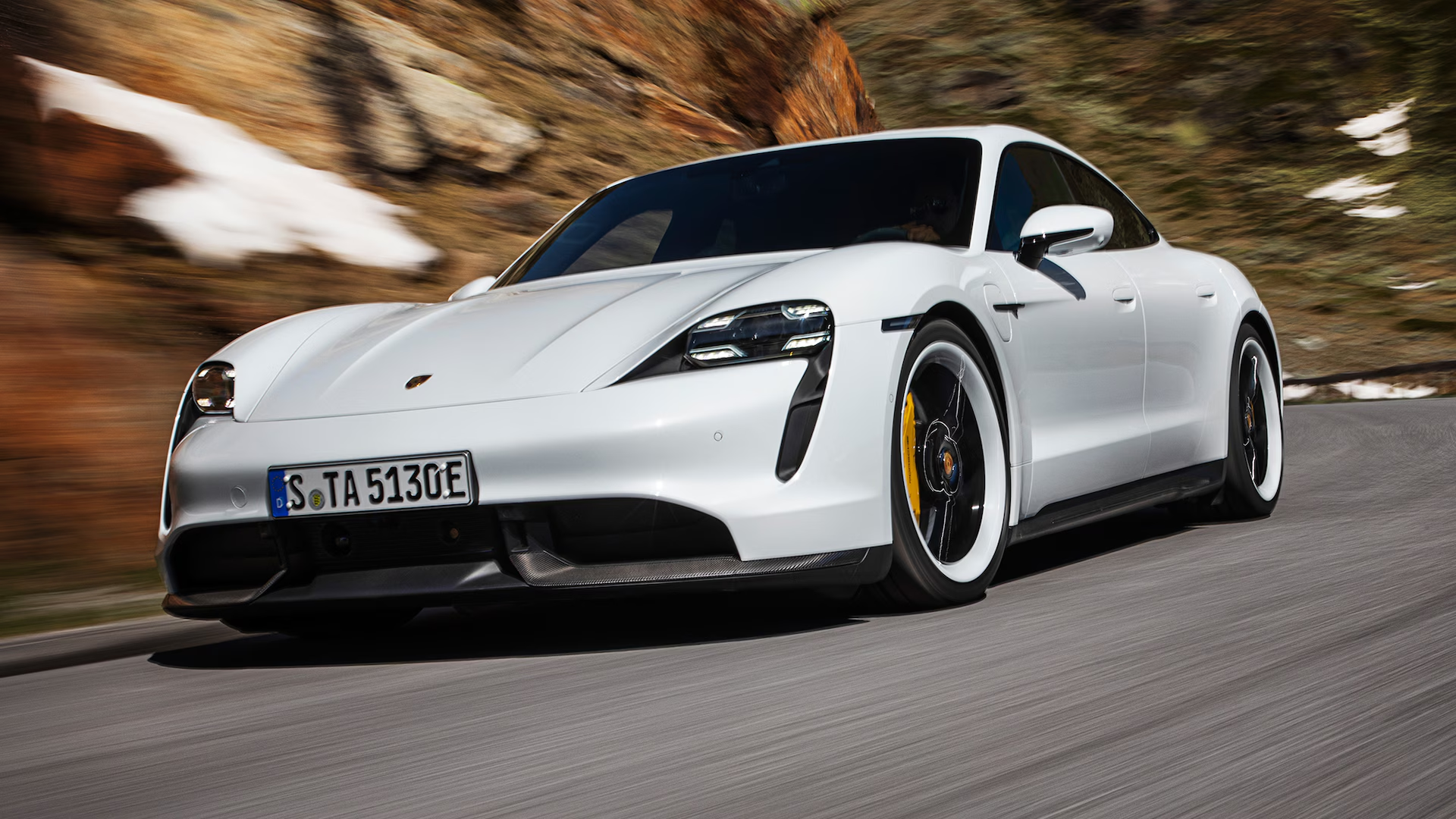
1. Porsche Taycan
The Porsche Taycan is a performance-focused EV that delivers exceptional acceleration and luxury features, but its charging requirements can be demanding.
While it technically can use a household outlet, the charging speed is so slow that it is impractical for daily use. To make the most of the Taycan, owners are encouraged to install a high-powered Level 2 charger or use ultra-fast DC stations, both of which can be costly.
The Taycan’s battery is designed for high performance and quick charging under the right conditions. However, to achieve these speeds, it requires 800-volt infrastructure, which is not as common as the 400-volt systems used by most other EVs.
This means finding suitable fast chargers can be more challenging, especially outside of major urban centers or along well-developed highway corridors.
Installing a home charger capable of taking advantage of the Taycan’s capabilities often requires significant electrical upgrades.
In some cases, the cost of preparing a home for such a setup can be thousands of dollars, depending on the local grid and wiring. This is an important factor for potential owners to consider before making the purchase.
The payoff for this investment is a car that charges rapidly when connected to the right equipment. Owners who have access to premium charging stations can enjoy some of the fastest charging times in the industry, but for those without this infrastructure nearby, the Taycan’s potential is limited.
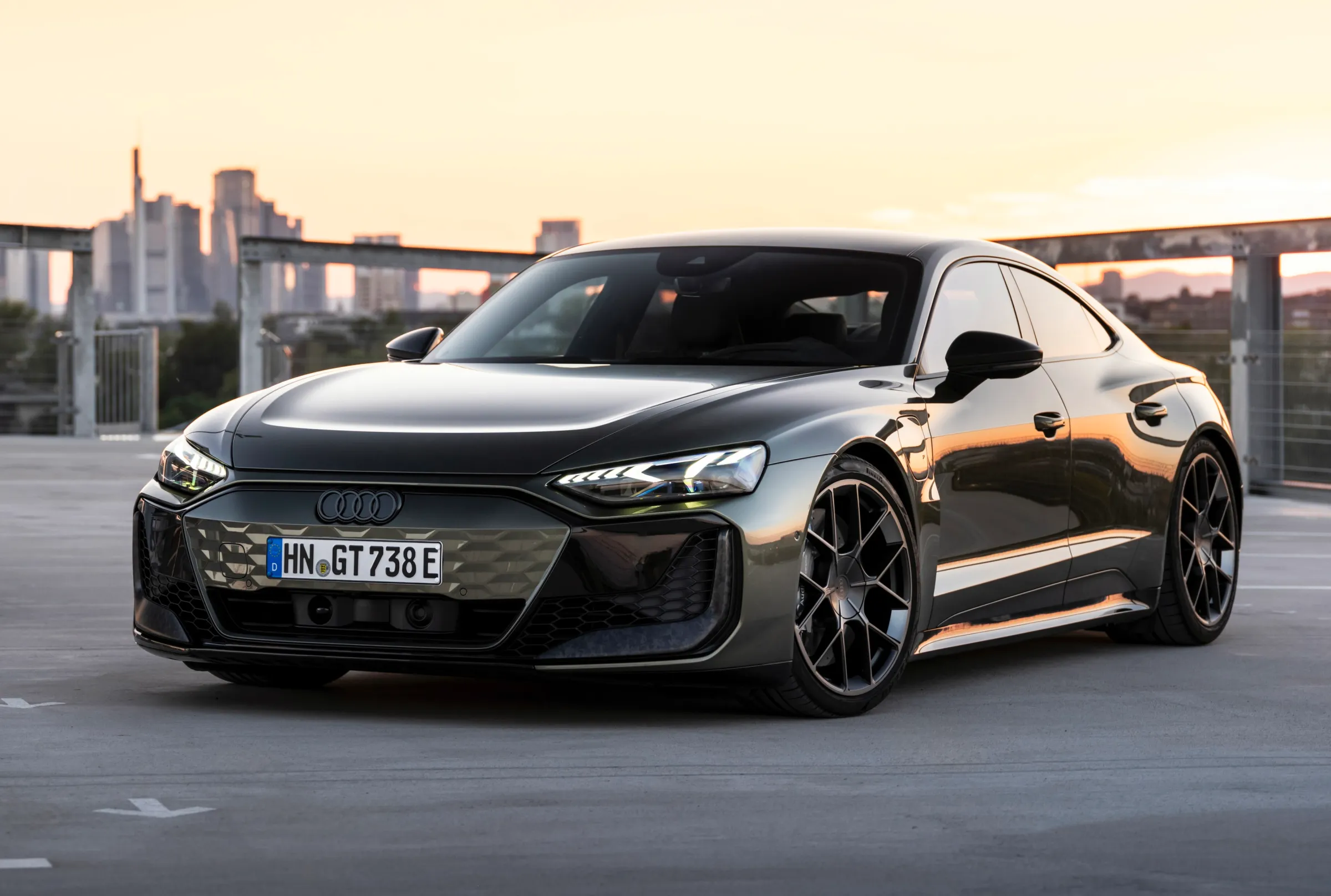
2. Audi e-tron GT
The Audi e-tron GT is a luxury performance sedan that shares some of its engineering roots with the Porsche Taycan, and it comes with similar charging considerations.
While it offers the ability to connect to a standard outlet, this method is far too slow to be practical for regular use given the size of its battery. Owners are strongly encouraged to invest in a powerful home charging system to make ownership convenient.
The e-tron GT supports 800-volt charging technology, enabling very fast charging speeds at compatible stations.
The problem is that these high-powered chargers are not widely available in every region, meaning that owners often have to plan their routes carefully to take advantage of the car’s charging capabilities. This can make spontaneous long-distance travel more difficult without reliable access to premium stations.
For home installations, the requirements can be costly. Many households need electrical upgrades before they can handle a high-capacity Level 2 charger capable of delivering the full potential charging speed. For apartment dwellers, installing such equipment may be nearly impossible, pushing them toward reliance on public charging networks that may not always be nearby.
The reward for overcoming these challenges is a vehicle that charges rapidly and offers exceptional performance. For those willing to invest in the necessary infrastructure, the e-tron GT delivers both speed on the road and speed at the charger. However, the upfront costs and infrastructure limitations place it firmly in the category of EVs that work best with expensive setups.
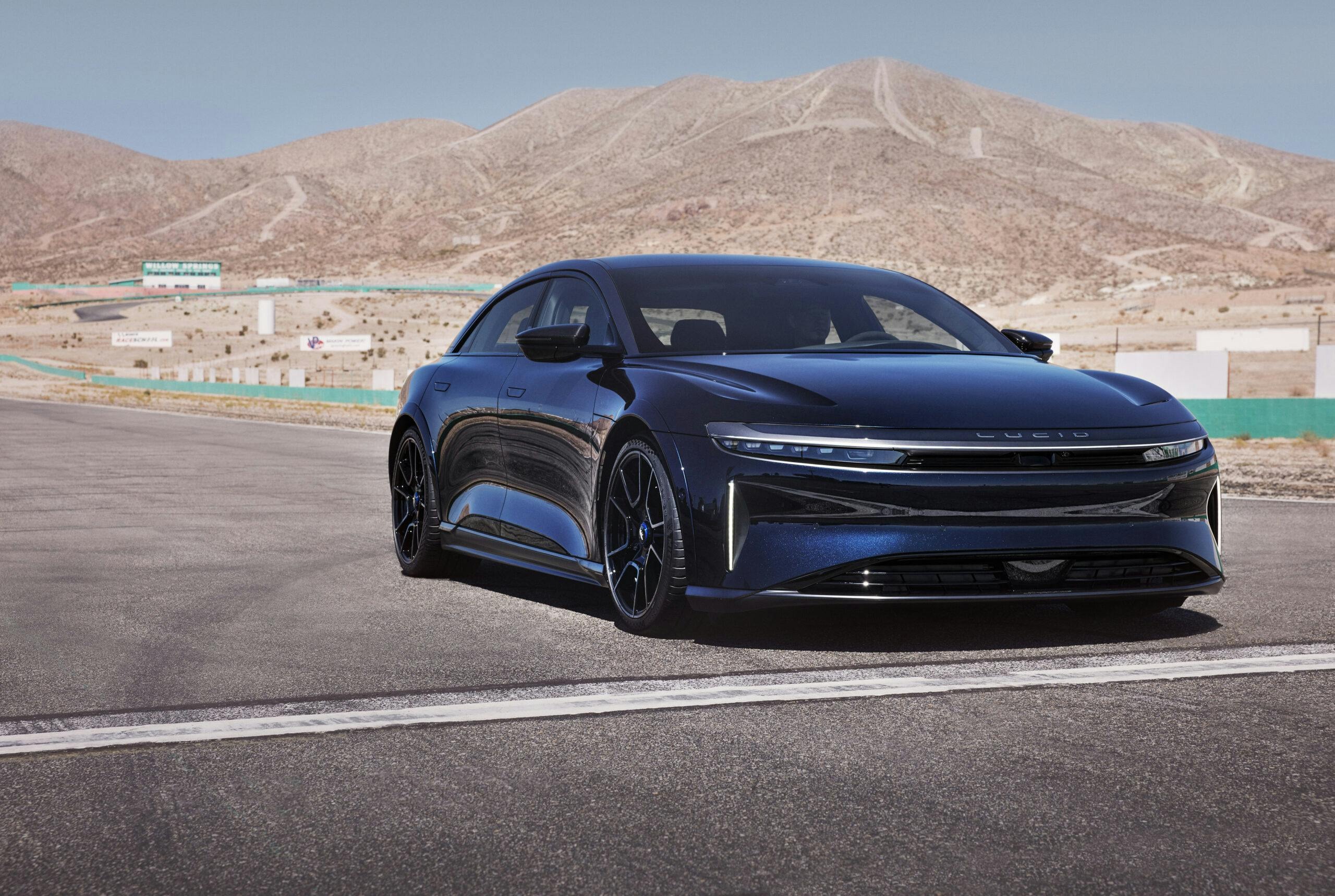
3. Lucid Air
The Lucid Air is one of the most advanced electric sedans currently available, offering a market-leading range and an extremely refined interior.
However, to unlock its full potential in terms of charging, owners need access to powerful Level 2 chargers or high-speed DC stations. While it is technically possible to charge using a standard outlet, doing so with such a large battery can take several days, which makes it impractical for most owners.
Lucid has equipped the Air with 900-volt electrical architecture, which allows for incredibly fast charging speeds when paired with compatible stations.
This technology can add hundreds of miles of range in under an hour, but only when connected to specialized equipment. The reality is that such stations are still relatively uncommon, particularly outside major metropolitan areas.
At home, achieving convenient charging times typically requires installing a high-capacity charger, which may necessitate electrical upgrades.
This is not just a matter of buying the charger itself but also ensuring that the home’s electrical system can handle the load safely. These upgrades can become expensive depending on the existing infrastructure.
For those who have access to the right chargers, the Lucid Air’s charging speed is impressive and matches its premium positioning.
Yet for many potential buyers, the infrastructure demands are a serious consideration, particularly if they lack nearby high-speed public chargers or the means to upgrade their home setup.
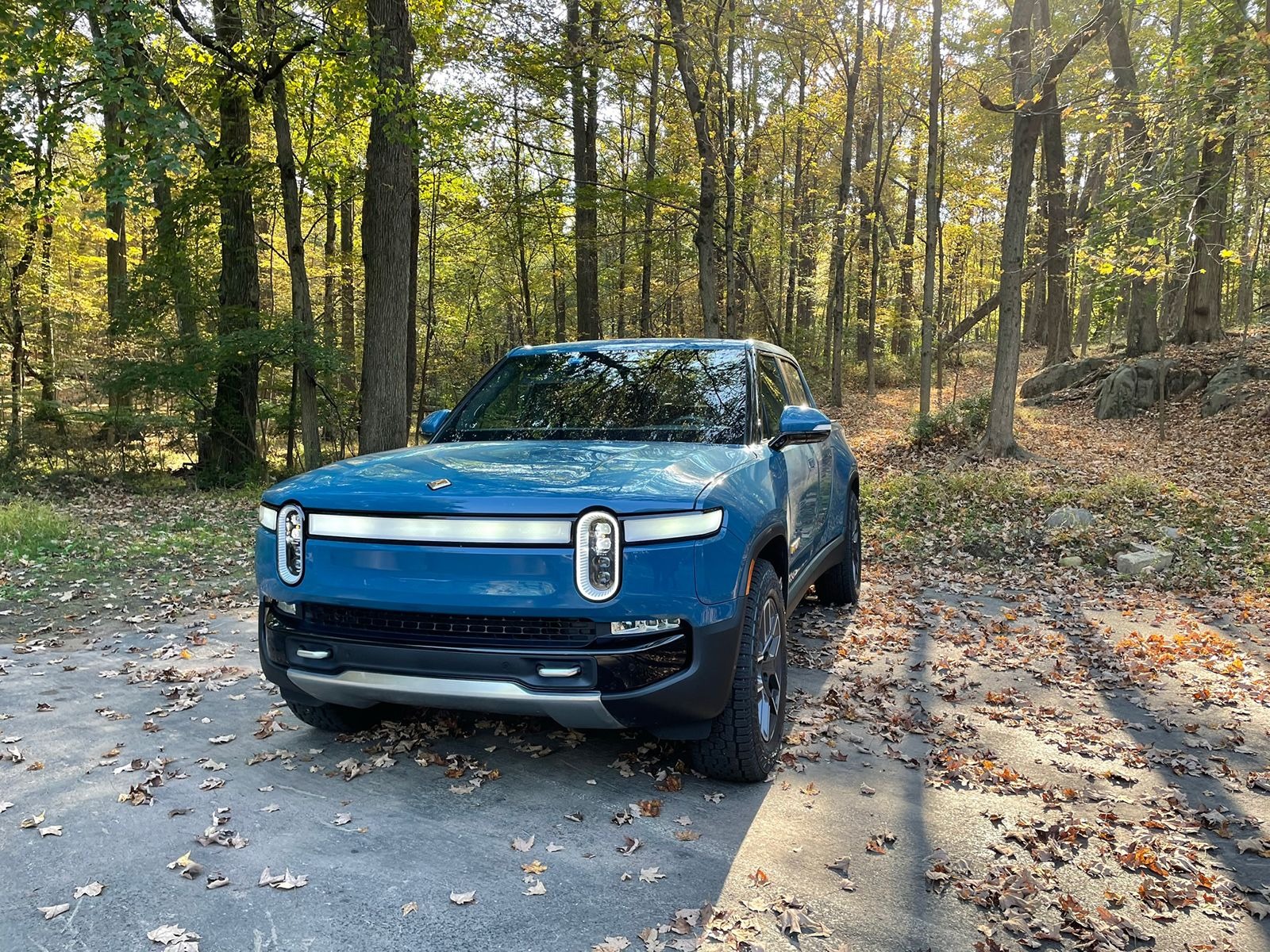
4. Rivian R1T
The Rivian R1T is an all-electric pickup truck built for adventure, with a large battery pack designed to deliver long range and strong performance in demanding conditions.
However, the size of this battery means that charging it from a standard household outlet is extremely slow, making it impractical for day-to-day use without a dedicated home charging system.
Rivian recommends installing a high-capacity Level 2 charger at home to make ownership feasible. This often involves professional installation and, in some cases, upgrades to the electrical panel. For people who live in areas where such installations are complicated or expensive, this can be a barrier to entry.
While the R1T supports DC fast charging through the CCS standard, fully taking advantage of its charging capability requires access to high-powered stations.
Rivian is developing its own Adventure Network of chargers, but these are still in the process of being rolled out and are not yet available in all regions. For now, owners may need to rely on third-party stations, which might not always provide the fastest speeds possible.
The truck’s capabilities are impressive, from towing to off-road performance, but these strengths come with the trade-off of needing robust charging infrastructure.
For those who can invest in a proper home setup or have regular access to high-speed public chargers, the R1T can be a powerful and versatile vehicle. For others, the charging demands may feel restrictive.
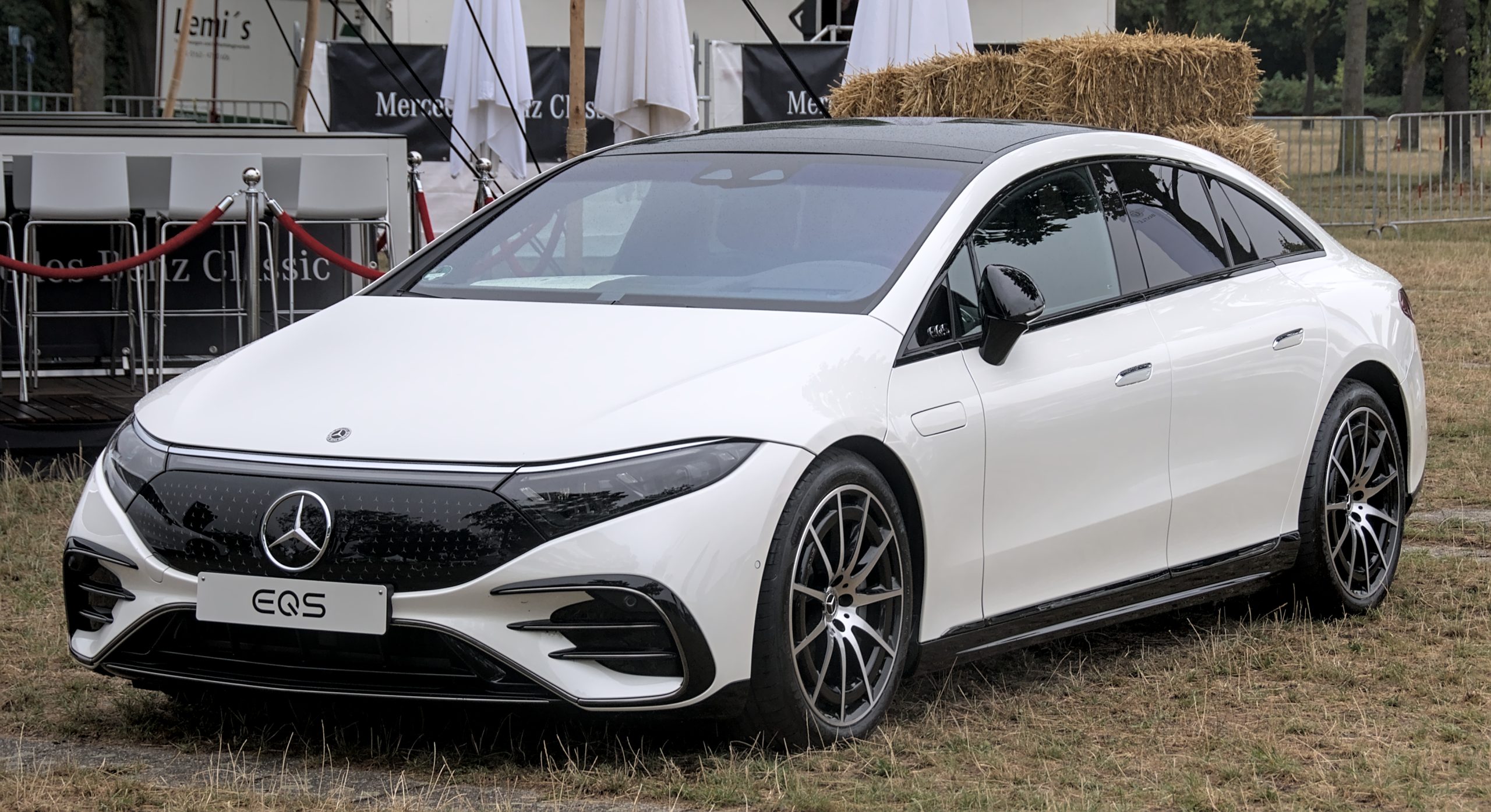
5. Mercedes-Benz EQS
The Mercedes-Benz EQS represents the luxury end of the EV market, combining a high-tech cabin with a large battery pack for extended range. While it can technically plug into a standard household outlet, this is not a practical option for most owners due to the lengthy charging time required. Instead, a powerful Level 2 home charger is recommended to make daily use manageable.
The EQS supports high-speed DC fast charging with the CCS standard, allowing for significant range to be added in under an hour at compatible stations.
However, to truly benefit from its charging capabilities, owners need access to the most powerful stations available, which are not always present outside of well-developed charging corridors.
For home installations, the cost of adding a charger capable of maximizing the EQS’s charging speed can be substantial, especially if electrical upgrades are needed.
This makes it more suitable for homeowners than renters, as installing such infrastructure in shared buildings can be challenging or impossible without landlord cooperation.
While the EQS offers comfort, range, and refinement, it also illustrates the trade-offs that come with owning a large luxury EV. The car works best for those who are willing to invest in high-quality charging solutions and who live within reach of fast public charging networks.
Also Read: 5 Cars With Ample Cargo Space and 5 With Tiny Trunks
The divide between EVs that can charge anywhere and those that require expensive setups is more than just a matter of convenience; it shapes the entire ownership experience.
On one side, vehicles like the Nissan Leaf, Chevrolet Bolt EV, Hyundai Kona Electric, BMW i3, and Tesla Model 3 (Standard Range) provide broad adaptability.
These models can be plugged into almost any available power source, from a household outlet to a public fast charger. This versatility offers peace of mind for owners who travel to unfamiliar areas, live in rural settings, or lack the infrastructure for high-powered home charging.
The convenience factor cannot be overstated, especially for first-time EV buyers who want a smooth transition from gasoline vehicles without major changes to their daily habits.
On the other side, premium and performance-focused models such as the Porsche Taycan, Audi e-tron GT, Lucid Air, Rivian R1T, and Mercedes-Benz EQS show what is possible when engineering pushes the limits of speed, range, and technology. Yet, these advancements come at the cost of flexibility.
Without access to high-powered home charging or top-tier public stations, these vehicles cannot deliver their full potential. In some cases, slow charging from standard outlets is so impractical that it effectively removes the option entirely.
Owners who buy into this category often do so with the understanding that they will invest heavily in infrastructure and plan their charging stops with precision.
The choice between these two categories reflects a broader trade-off that exists in many areas of technology: convenience versus maximum performance.
Flexible-charging EVs are the generalists, ready to handle a variety of conditions without requiring special preparation. Expensive setup EVs are the specialists, excelling under ideal circumstances but less accommodating when those circumstances are not met.
For a buyer, the decision should start with an honest assessment of their daily life. If your driving patterns are consistent, your access to high-quality charging is guaranteed, and you prioritize performance and range above all else, a more demanding EV might be the right fit.
If you value adaptability, lower setup costs, and the reassurance that you can recharge almost anywhere, then a more flexible model is likely the smarter choice.
It is also important to consider how the EV landscape is changing. Charging networks are expanding, battery technology is improving, and vehicle software is becoming more sophisticated at managing energy needs. Over time, the gap between these two categories may narrow.
Fast chargers will become more common, and even performance EVs may offer better compatibility with lower-powered sources. But for now, the difference is still significant enough that it should be a primary consideration for any potential buyer.
Choosing an EV is about more than just range figures or acceleration times. It is about how the vehicle integrates into your life, your home, and your travel patterns.
By understanding whether you need a charge-anywhere EV or are willing to work with the demands of an expensive setup, you can ensure that your electric driving experience is both enjoyable and sustainable.

